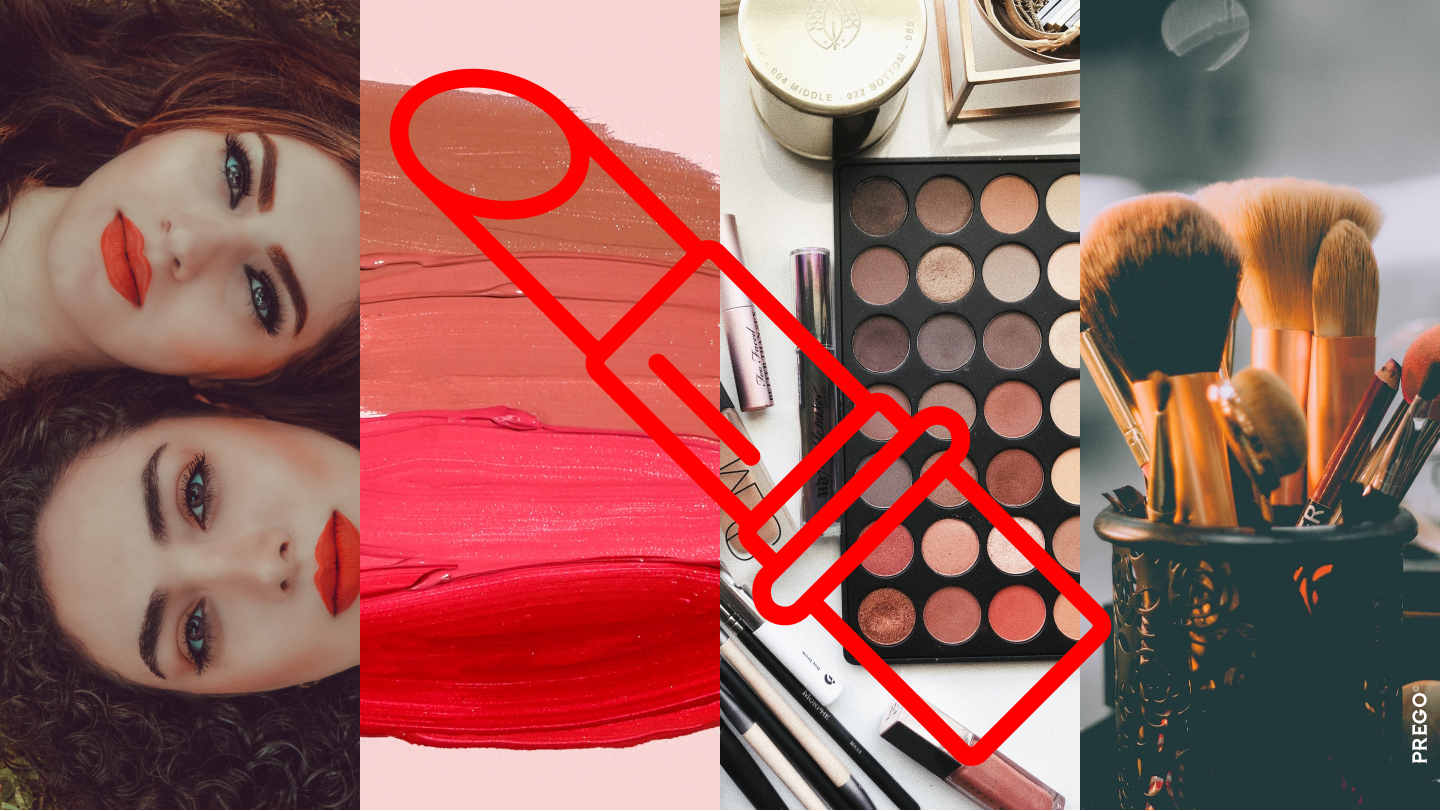Achieving the consumer’s top of mind is the dream of all brands and people.
Adjusting to the parameters of social beauty was always something that worried us and, to a much greater extent, we were busy doing. Kant states that “beauty is a social convention”, a standard defined by our culture. Proof of this are the pageants and beauty contests, in which implants, silicones and makeup are not only validated and tested, but also the bare minimum to compete.
Both men and women are admired and appreciated for being born cute. Who has not ever remained with his mouth slightly open in an inspiration when seeing an Adonis, or a nymph in front of his eyes.
At Prego we want to know why beauty maintains our top of mind
Is it because we are all narcissists and we can’t get away from it?
No, our goal is genetic and, once again, marketing has a lot to do with an industry that today moves more than 45.5 billion dollars with a growth projection of 7.5%, makeup.
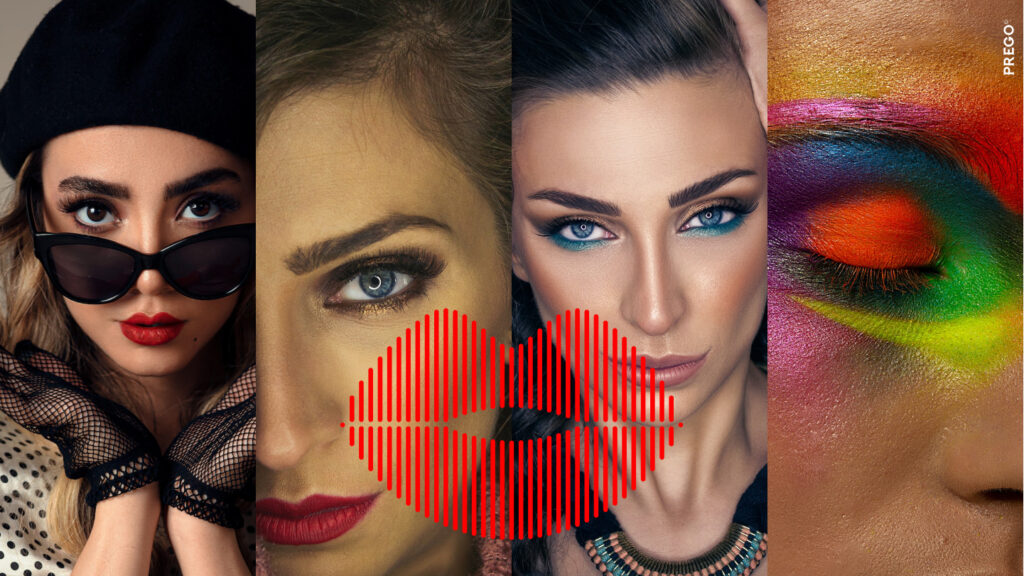
Powdering your nose is not something that arises from a basic need, and yet social evolution has made it turn into an extreme necessity. Why does this work?
We have already talked about evolutionary psychology and how this gives us theories that point to great minds and give us the clues to understand how it works below the surface.
This round, we’re going to draw on information discussed by Geoffrey Miller, David Buss, and Gad Saad. Evolutionary psychologists at various renowned universities who have matched marketing and consumer behavior in search of top of mind.
“The evolutionary triad” Miller, Buss and Saad explains why the top of mind works.
As a species, from an animal level, we want to pass on our genes, but not only that. We want to transfer them to the best prototype we can find. Although beauty has been very mistreated and the concept as such can leave many in a fetal position against a corner, everything comes from a very old base, in which having a fresh, symmetrical face with rosy cheekbones was a sign of health. and fertility. A long time ago, in a world where medicine did not exist, having these characteristics was the result of having the most resistant genes and guaranteed us to survive in the environment for longer. And what did we want, as animals and as a species? May our genes survive!
Similarly, “thinness”, especially in women, was the best way for a man to see (with the naked eye) that she was not pregnant and therefore available to procreate.
According to Gad Saad, makeup is a way of signaling fertility and reproductive health. Makeup can act as a sign of health and youth, which can increase the perception of physical attractiveness and reproductive intent.
And the amazing thing is that we can see it in nature itself. Otherwise these male primates would not be as attractive to the opposite sex. Evolutionary psychology posits that these traits are more attractive to the opposite sex and allow such animals to pass their genes on for many more generations.
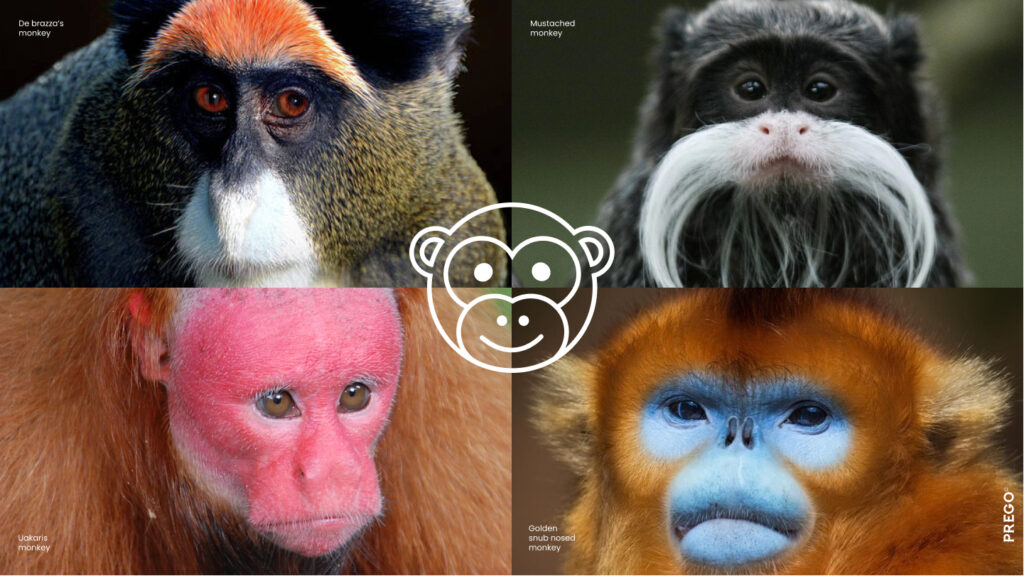
David Buss, for his part, contributes that makeup is a way to improve a person’s physical appearance, which can increase the perception of attractiveness and reproductive intention . Additionally, makeup can act as a sign of long-term commitment, indicating the ability to invest time and resources into personal appearance in order to attract a potential mate.
Both Buss and Saad emphasize that makeup can have negative effects on people’s perception of natural beauty and self-esteem. In some cases, makeup can hide physical features that are important to mate selection, which can lead to less suitable selection.
In addition, makeup can be seen as a way to compete with other women for resources and potential partners, wanting to stay in their minds, looking for the top of mind. In this sense, makeup can increase social pressure and anxiety about physical appearance, which can have negative effects on mental and emotional health.
According to Geoffrey Miller, makeup is a form of “expensive signaling,” which involves investing time and resources in creating an attractive and unique physical appearance . Expensive signaling (FITNESS INDICATORS) can be an indicator of genetic quality and reproductive fitness. In this sense, Miller argues that makeup can act as a display of fitness that requires creative and cognitive skills to create an attractive and unique look.
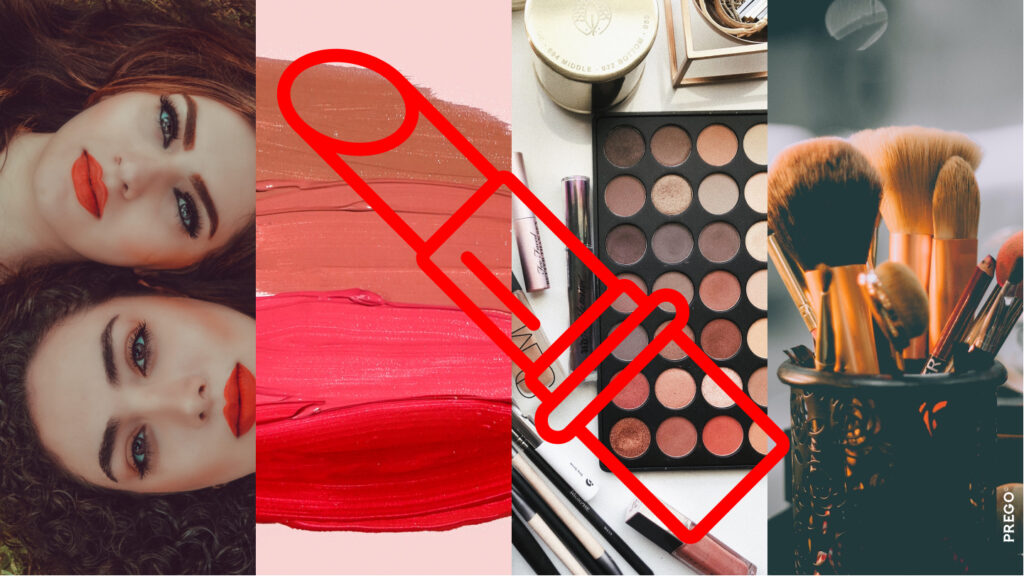
Miller, in his theory, points out that mate selection is based on signals of genetic quality, such as facial symmetry, health, and fertility. In this context, the use of cosmetics can be seen as a way to improve these signals of genetic quality and increase the chances of mating.
He argues that the use of cosmetics can also be a means to show social status and the ability to invest in physical appearance. According to him, makeup and other beauty products are used as tools to signal wealth and status, which can increase the likelihood of being chosen as a partner.
But not everything is as rosy as a Gloss lipstick.
The three authors highlight the importance and excess that this has caused in society, especially in women. Which have tried, in every possible way, to be able to resemble the references that marketing puts on them with beauty and makeup products. Precisely, managing to stay in the mind of who we want to attract gets us into some trouble
To make it short, we cross the line sometimes.
The beauty and competition relationship that is generated between women leads them to use products, cosmetics (let’s not even start talking about surgeries) that can generate the opposite effect to the desired one, making them ugly, and sometimes leading people to hurt themselves and even get sick. Quite the opposite, where the journey begins, right?
Matching with top of mind and makeup.
So far, you may think that this and the call for reflection is very good, but what does it have to do with marketing?
Several brands have tried to include in their campaigns “health is beauty” but then we see models who can be hidden behind a toothpick with a not very healthy weight. The one that made it, and still does it very well, is Dove.
The work they are doing as top of mind in the beauty industry points to an opportunistic marketing strategy. According to Saad, the brand is exploiting the image of feminine care to sell its products, instead of sincerely advocating for women’s rights.
Saad has also criticized Dove’s “Real Beauty” advertising campaign, arguing that it is a hypocritical tactic that seeks to generate profit through rhetoric of female empowerment. Saad believes these ad campaigns are dishonest because they are a form of emotional manipulation that does not reflect the company’s true intent.
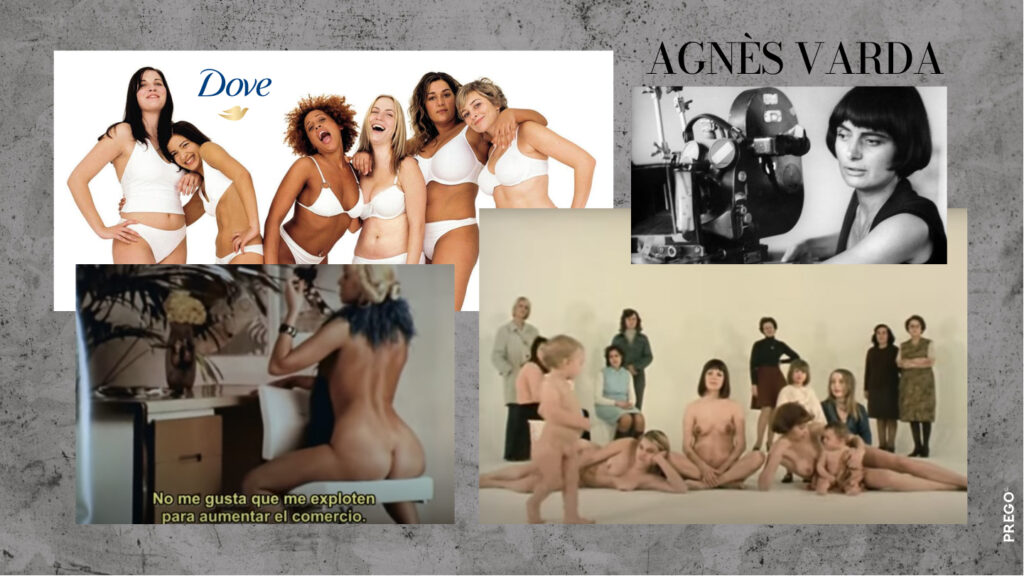
Perhaps Agnes Varda, one of the only, if not the only, French Director of the film genre, Le Film Noir, knows more than Dove about the objectification of the female body in magazines and advertisements. And it is that with the short “Réponse des femmes” (Response of women against attitudes, idioms and macho behaviors) she seeks to generate awareness in the patriarchy through a video-manifesto in the 60s. Varda definitely knows what she’s talking about.
Understanding the high level of competitiveness of beauty standards that inhabits the female population, the campaigns of large corporations revolve around promoting “the acceptance of each woman’s body”, since studies have shown the low level of self-esteem they generate commercials for beauty products when compared to the symmetrical models on the big screen. Here we share a good behind-the-scenes reference of how the image of women in advertising has been built to date, seeking to connect from the manipulation of female attractiveness, appealing not only to makeup, but also to “digital makeup”, better known as photoshop ;0
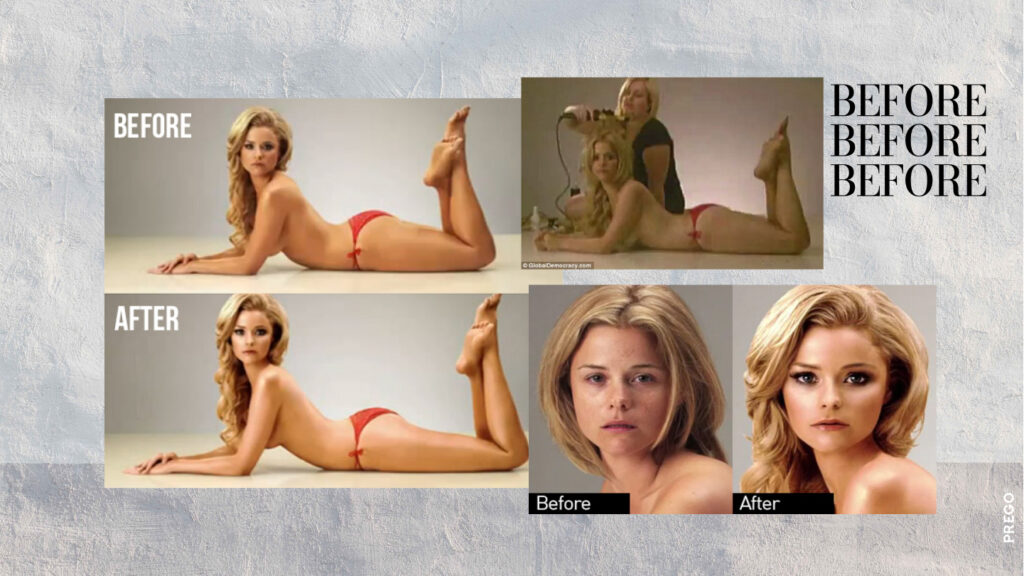
The top of mind achieved by Dove, accompanied by the good image that it has, has managed to position itself worldwide as a sought after product and they did not have to remind us that “we are worth it” to be able to acquire it.
Conclusion? Easy. The strategies used with the beauty stereotype focus work. And they continue to sell, but if we really want to achieve top of mind, we have to pay attention to all directions, because perhaps going the other way around what everyone is doing, aiming at the segment’s need (in this case, the need for public acceptance). feminine of their body and of themselves, whether or not they fit into social beauty stereotypes) perhaps it is the path that works the most in terms of sales, but also the most “persuasive” 😉
